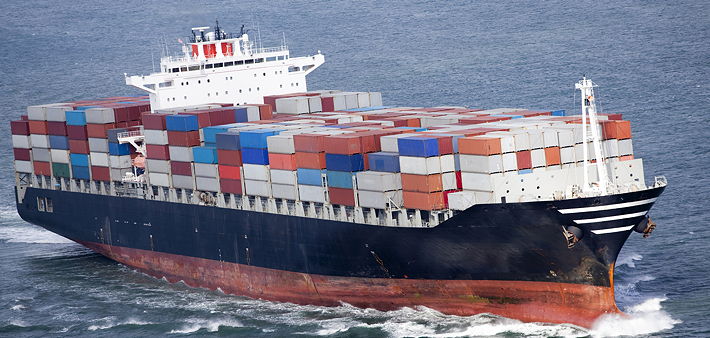In his latest Eastern European update, Russian journalist Vladislav Vorotnitkov looks at Russia’s challenges in improving its homegrown breeding herd
Although breeding stock is not subject to international sanctions in Russia, pig companies have made great strides in their bid to break free of import dependence on genetic material.
At first glance, it has been a success, as according to the Russian Federal Customs Service, imports of breeding stock shrank from 700,000 head in 2010 to 5,000 head in 2017, while dependence on non-Russian genetic material shrank from almost 80% less than a decade ago to less than 5% in 2017.
Yet, research from the Agroinvestornewspaper has revealed that there is still a lack of highly productive purebred hogs and sows in Russia – presenting a huge challenge for its farmers.
There are 2.9 million sows on Russian farms, so given current industry standards, 1.16m new sows are required each year.
In total, 11 companies have ‘genetic selection centre’ status on the Russian State Breeding Register, which means they are breeding pigs to sell as rearing stock and conducting research and development in a bid to improve the herd production performance.
In fact, there are many more such centres nationwide as every large company has its own genetic division, according to Yuri Kovalev, chairman of the Russian Union of Pork Producers. Basically, it is impossible to establish a genetic company in Russia from scratch and expect that its herd would match global production standards, he believes.
At least this is not possible without the experience of the world’s leaders in this area, but none of them are building breeding grounds outside of their own countries, Mr Kovalev said.
Russia imported 18,500 purebred pigs worth $25.7 million in 2013, according to the Russian Federal Customs Service. That fell to 5,600 pigs ($2.36m) in 2015 but has since recovered to 11,400 head ($4.95m) in 2017. Preliminary results show that both these figures might be higher in 2018.
This decline in the number of imported purebred pigs, despite increasing demand in this segment, can be attributed to a fall in the exchange rate of the Russian ruble, making imported products more expensive.
Alexey Garin, spokesperson for the Znamensky genetic selection center, told Agroinvestor that Russian pig companies tend to lean towards ‘a localised hybridisation’.
Every major company establishes a nuclear stock, he said, based on purebred imported animals, and this stock has to be regularly renewed. For example, with 500 hogs and 5,000 sows in the nuclear stock, that kind of renewal should take place twice a year, ‘otherwise there is no sense in this stock’. The ‘localised hybridisation’ means this doesn’t always happen – purebred animals are rather expensive and there aren’t any available in Russia.
Although steady progress has been made on genetic material in the pig industry in the past few years, some estimates put import dependence at close to 90% for purebred animals.
In 2013, 37% of imported purebred pigs came from Denmark, 36.7% from Canada and 11.4% from France. For comparison, in 2017 Canada’s share jumped to 84.8%, while 9.1% was imported from Belarus and 4.8% from Switzerland, the Russian Federal Customs Service estimated.
In general, the demand for breeding stock and purebred pigs in Russia is expected to grow, as the overall production performance in the industry is set to increase by 1 million pigs by 2024. This will require all Russian selective hybrid centres to expand their operations and there are already some projects in the pipeline in this area.




